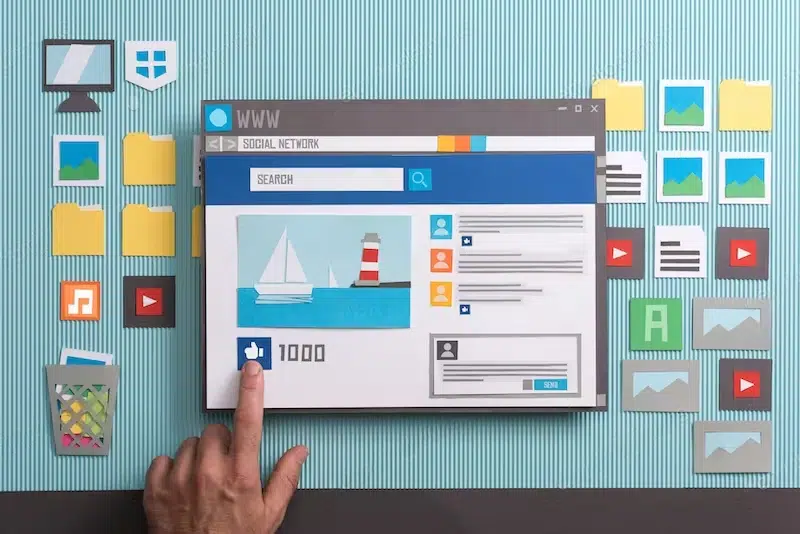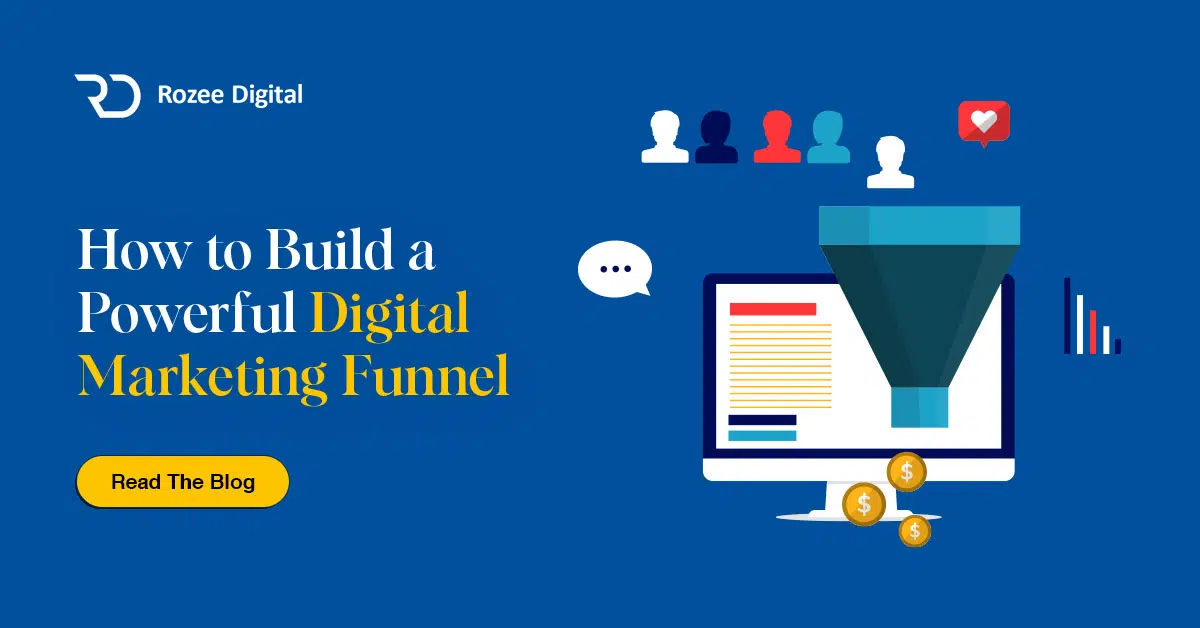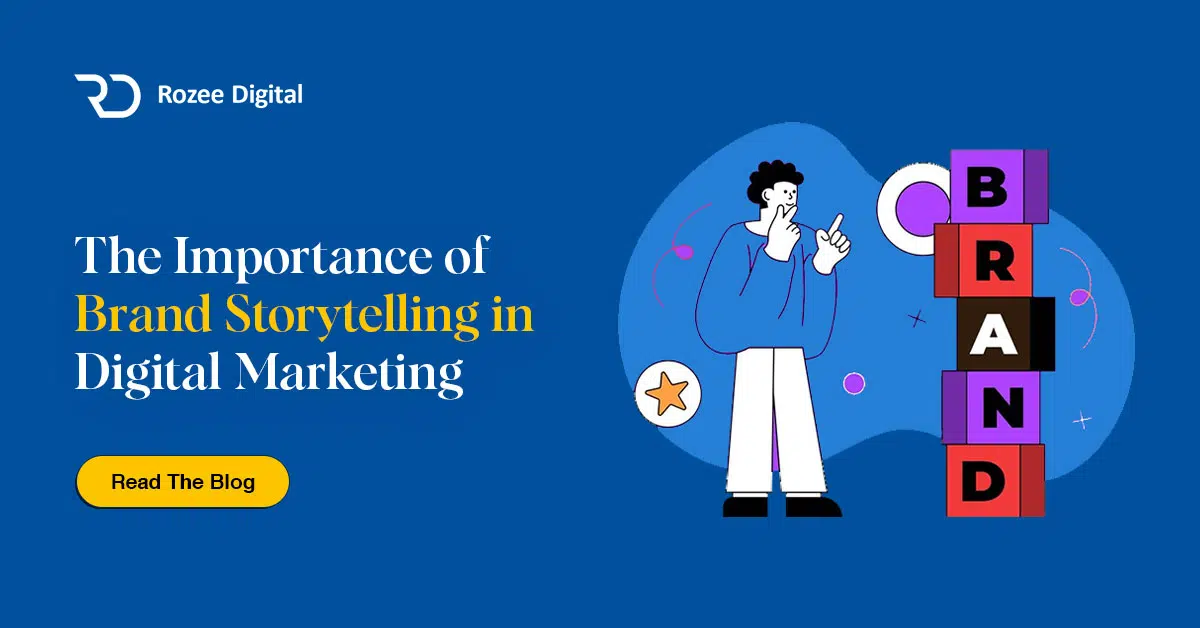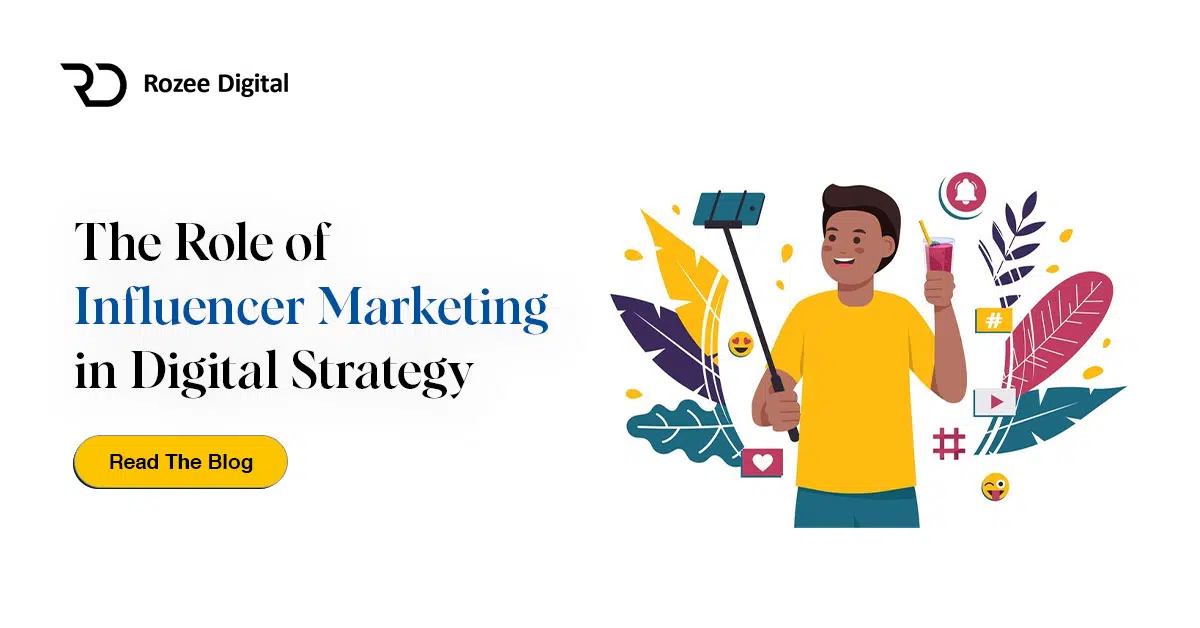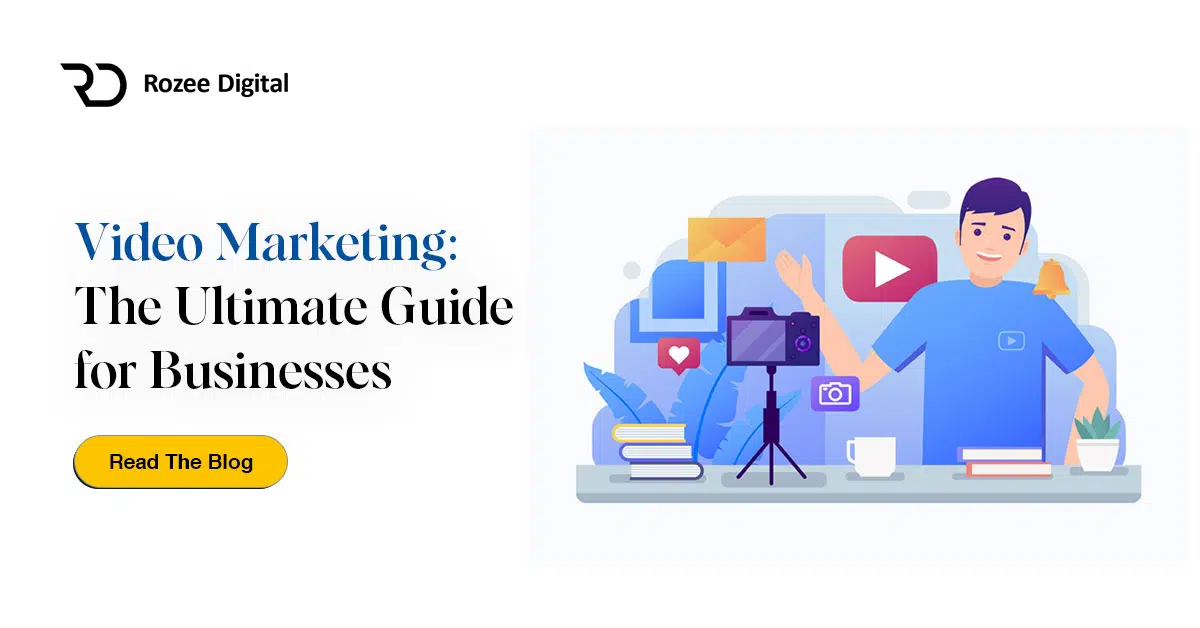Understanding Landing Page Optimization
To achieve higher conversion rates and maximize the effectiveness of your online campaigns, it is crucial to focus on landing page optimization. Landing pages play a vital role in driving users towards a specific action, such as making a purchase, signing up for a newsletter, or requesting more information. In this section, we will explore the importance of landing pages and what exactly landing page optimization entails.
The Importance of Landing Pages
Landing pages are standalone web pages designed with a specific purpose in mind, often tied to a marketing campaign or promotion. Unlike the homepage or other pages on your website, landing pages are laser-focused on a single objective. They serve as a bridge between your marketing efforts and the desired action you want visitors to take.
By directing users to a dedicated landing page, you provide them with a tailored experience that guides them towards conversion. Whether it’s driving sales, generating leads, or encouraging downloads, landing pages are powerful tools for increasing your conversion rates. They allow you to deliver a targeted message, eliminate distractions, and provide a clear path for users to take action.
What is Landing Page Optimization?
Landing page optimization is the process of fine-tuning and improving your landing pages to enhance their effectiveness and drive higher conversion rates. It involves analyzing data, making data-driven changes, and continuously testing different elements to optimize the overall performance of your landing pages.
The optimization process includes various aspects, such as design, content, user experience, and conversion-focused elements. By optimizing these elements, you can create landing pages that resonate with your target audience, capture their attention, and guide them towards the desired action.
To successfully optimize your landing pages, it’s important to establish clear conversion goals and key performance indicators (KPIs). This allows you to measure the success of your landing pages and track the impact of any changes you make. By leveraging data-driven insights, you can iterate and improve your landing pages over time, ultimately driving better results.
Landing page optimization is an ongoing process that requires continuous monitoring, testing, and refinement. By following best practices and implementing strategies specific to your audience and goals, you can unlock the full potential of your landing pages and improve your overall conversion rate. For more information on specific strategies and tools for optimizing conversion rates, check out our article on conversion rate optimization strategies.
In the next sections, we will explore the key elements of a successful landing page, delve into the process of optimizing landing page design and content, and discuss best practices for continuous improvement.
Elements of a Successful Landing Page
When it comes to landing page optimization, there are several key elements that contribute to the success of a landing page. These elements work together to create a compelling and persuasive experience for your visitors. Let’s explore three crucial elements: a clear and compelling headline, attention-grabbing visuals, and a persuasive call-to-action.
Clear and Compelling Headline
The headline of your landing page is the first thing visitors see, and it plays a significant role in capturing their attention and encouraging them to stay on your page. A clear and compelling headline should clearly convey the value proposition of your product or service. It should be concise, engaging, and highlight the main benefit or solution you offer.
To optimize your headline, consider using powerful and action-oriented words that evoke emotions and create a sense of urgency. Use language that resonates with your target audience and addresses their pain points. By aligning your headline with the needs and desires of your visitors, you can increase their interest and engagement. For more tips on increasing conversion rates, check out our article on increase conversion rates.
Attention-Grabbing Visuals
Visuals are a crucial component of any landing page. They have the power to captivate your visitors and convey your message effectively. Attention-grabbing visuals can include high-quality product images, engaging videos, or eye-catching graphics that support your value proposition and create a positive impression.
Ensure that your visuals are relevant to your offering and align with your brand identity. They should also be optimized for quick loading times to prevent any delays that may discourage visitors from staying on your page. Investing in professional photography or design can significantly enhance the visual appeal and credibility of your landing page.
Persuasive Call-to-Action
A persuasive call-to-action (CTA) is a vital element that encourages visitors to take the desired action, such as making a purchase or submitting their contact information. Your CTA should be prominent, visually distinct, and use compelling language to entice visitors to click.
To optimize your CTA, consider using action verbs that clearly communicate the action you want visitors to take. For example, instead of a generic “Submit” button, you could use a more persuasive CTA like “Get Your Free Trial Now” or “Start Saving Today.” Additionally, use contrasting colors to make your CTA stand out from the rest of the page and ensure it is easily clickable on both desktop and mobile devices.
By incorporating a clear and compelling headline, attention-grabbing visuals, and a persuasive call-to-action, you can significantly improve the effectiveness of your landing page. Remember to regularly test and optimize these elements based on user feedback and data analysis to drive continuous improvement in your conversion rate optimization efforts.
Optimizing Landing Page Design
To maximize the effectiveness of your landing pages, it’s essential to optimize their design. A well-designed landing page can significantly impact conversion rates and drive desired actions from your visitors. Here are three key elements to focus on when optimizing the design of your landing pages:
Streamlined Layout and Navigation
A streamlined layout and intuitive navigation are crucial for guiding visitors through your landing page and ensuring a smooth user experience. Keep the design clean and clutter-free, avoiding unnecessary distractions that could divert attention away from your main message and call-to-action (CTA). Use white space strategically to highlight key elements and make the page visually appealing.
A well-structured layout should guide visitors’ eyes naturally from the headline to the CTA. Place important elements above the fold to capture attention and provide a clear path to conversion. Consider using visual cues such as arrows or directional lines to direct attention towards the CTA or other important elements on the page.
Mobile-Friendly Design
With the increasing use of mobile devices, it’s crucial to ensure that your landing pages are mobile-friendly. Optimize your design to provide a seamless experience across different screen sizes and orientations. Responsive design techniques can automatically adjust the layout and content to fit various devices, ensuring that your landing page remains visually appealing and easy to navigate.
Make sure that your images, videos, and other media elements are optimized for mobile viewing. Large files can slow down load times and negatively impact the user experience. Compress images and videos without sacrificing quality to improve page load speed, as faster load times can significantly impact conversion rates. For more tips on optimizing load times, check out our article on conversion rate optimization tips.
Consistent Branding and Messaging
Consistency in branding and messaging is vital to establish trust and reinforce your brand identity. Your landing page design should align with your overall brand aesthetics and convey a cohesive message. Use consistent colors, fonts, and visual elements to create a seamless experience for visitors transitioning from your ads or other marketing channels.
Ensure that your landing page messaging is consistent with your ad copy or promotional content. This helps to create a sense of continuity and reinforces the visitor’s intent. Clearly communicate the value proposition and benefits of your offering, highlighting what sets you apart from competitors. For more information on crafting compelling copy, check out our article on conversion rate optimization strategies.
By optimizing the design of your landing pages, you can create a visually appealing and user-friendly experience that encourages visitors to take the desired action. Remember to test different design elements and track the impact on conversion rates using A/B testing and tracking tools. Continually iterate and refine your design based on data-driven insights to drive better results.
Crafting Engaging Landing Page Content
When it comes to landing page optimization, engaging content plays a crucial role in capturing the attention and interest of your visitors. Crafting compelling copy, relevant and persuasive messaging, and effective use of testimonials and social proof can significantly impact the success of your landing page.
Compelling Copywriting
Compelling copy is the backbone of any successful landing page. It should quickly and effectively communicate the value proposition of your product or service. By utilizing persuasive language and addressing pain points, you can create a sense of urgency and encourage visitors to take the desired action.
To optimize your copywriting, consider the following tips:
- Use clear and concise language to convey your message effectively.
- Highlight the benefits of your product or service to entice visitors.
- Incorporate strong and actionable language in your calls-to-action.
- Tailor your copy to address the specific needs of your target audience.
- Emphasize the unique selling points of your offering to differentiate yourself from competitors.
Remember, the goal is to create copy that resonates with your audience and compels them to take the desired action. For more insights on increasing conversion rates, check out our article on increase conversion rates.
Relevant and Persuasive Messaging
In addition to compelling copy, your landing page should deliver relevant and persuasive messaging that speaks directly to your visitors. By understanding their pain points and desires, you can tailor your messaging to resonate with their needs and motivations.
Consider the following tips for optimizing your messaging:
- Address the pain points of your target audience and offer solutions.
- Clearly communicate how your product or service meets their needs.
- Utilize emotional triggers to create a connection and evoke desire.
- Highlight any unique features or advantages that set you apart from competitors.
- Incorporate social proof to build trust and credibility.
By aligning your messaging with the specific needs and desires of your audience, you can create a more impactful and persuasive landing page. For more information on conversion rate optimization, check out our article on conversion rate optimization agency.
Effective Use of Testimonials and Social Proof
Testimonials and social proof are powerful tools in building trust and credibility with your audience. By showcasing positive feedback and experiences from satisfied customers, you can alleviate doubts and encourage visitors to convert.
Consider the following strategies for effectively incorporating testimonials and social proof:
- Feature testimonials from satisfied customers that highlight the benefits and results they experienced.
- Display ratings and reviews from trusted review platforms to build credibility.
- Showcase case studies that demonstrate how your product or service has helped others.
- Incorporate logos or badges of well-known clients or partners to enhance trust.
By leveraging the power of testimonials and social proof, you can instill confidence in your visitors and increase the likelihood of conversion. For more insights on optimizing your landing pages, check out our article on conversion rate optimization strategies.
Crafting engaging landing page content is a key component of conversion rate optimization. By implementing compelling copywriting, relevant and persuasive messaging, and effective use of testimonials and social proof, you can increase the chances of attracting and converting visitors on your landing page.
Testing and Analytics for Continuous Improvement
To achieve optimal results with landing page optimization, testing and analytics play a crucial role. By continuously measuring and analyzing the performance of your landing pages, you can make data-driven decisions and implement iterative improvements for better conversion rates.
A/B Testing for Optimization
A/B testing is a valuable technique for optimizing landing pages. It involves creating two or more versions of a page with slight variations in design, copy, or elements such as the call-to-action (CTA). By splitting your traffic between these versions, you can compare their performance and identify which variation drives better results.
During A/B testing, it’s important to focus on one variable at a time to accurately measure its impact. For example, you might test different headlines, button colors, or form lengths to determine which variation generates higher conversions. A/B testing allows you to continually refine your landing pages based on real user data, enhancing their effectiveness over time.
Tracking and Analyzing Conversion Metrics
To gauge the success of your landing pages, it’s essential to track and analyze key conversion metrics. These metrics provide insights into the performance of your pages and help you understand how visitors interact with them. Common conversion metrics include click-through rates (CTR), bounce rates, time-on-page, and conversion rates.
By using web analytics tools like Google Analytics, you can track these metrics and gain a deeper understanding of user behavior. This data allows you to identify areas for improvement and detect any bottlenecks in the conversion process. For instance, if you notice a high bounce rate on a particular landing page, you can investigate and make adjustments to enhance its effectiveness.
Iterative Improvements Based on Data
Data-driven decision-making is at the core of successful landing page optimization. By analyzing the results of A/B tests and tracking conversion metrics, you can identify areas of improvement and make iterative improvements to your landing pages.
For example, if A/B testing reveals that a particular headline variation leads to higher conversions, you can implement that change across all your landing pages. Similarly, if you observe that visitors are dropping off at a certain stage of the conversion process, you can modify the page layout or simplify the form to reduce friction and improve the user experience.
Regularly reviewing your analytics data and making informed adjustments based on the insights gained ensures that your landing pages remain effective and aligned with your conversion goals.
By leveraging A/B testing, tracking conversion metrics, and implementing iterative improvements, you can continuously optimize your landing pages for better conversion rates. Remember to always monitor the performance of your pages and use data-driven insights to guide your optimization efforts. For more tips on improving your website’s conversion rates, visit our article on increase conversion rates.
Best Practices for Landing Page Optimization
To achieve optimal results and improve conversion rates, it is essential to follow best practices for landing page optimization. By implementing these strategies, ecommerce brands can maximize the effectiveness of their landing pages and drive higher conversions. Three key areas to focus on are optimizing load times, optimizing forms and opt-in processes, and building trust and credibility.
Optimizing Load Times
One of the critical factors that can make or break a landing page’s performance is its load time. Research shows that visitors are more likely to abandon a page if it takes too long to load. To optimize load times, consider the following:
- Image optimization: Compress and resize images without compromising quality to reduce file sizes, thus improving loading speed.
- Caching: Implement browser caching to store static files, such as CSS and JavaScript, so they don’t need to be reloaded each time a visitor accesses the page.
- Minification: Minify HTML, CSS, and JavaScript files by removing unnecessary characters and spaces, reducing the overall file size and improving load times.
By taking these optimization measures, you can ensure that your landing page loads quickly, capturing and retaining the attention of visitors, ultimately leading to higher conversion rates.
Optimizing Forms and Opt-in Processes
Forms and opt-in processes play a crucial role in gathering visitor information and capturing leads. To optimize these elements, consider the following best practices:
- Simplicity: Keep forms concise and only request essential information. Long and complex forms can deter visitors from completing them.
- Clear instructions: Provide clear and concise instructions to guide visitors through the form-filling process, reducing confusion and increasing completion rates.
- Progress indicators: When dealing with multi-step forms, display progress indicators to give visitors a clear sense of how much more information they need to provide.
- Mobile-friendly design: Ensure that your forms and opt-in processes are optimized for mobile devices, as an increasing number of users access websites on their phones.
By optimizing forms and opt-in processes, you can enhance the user experience, encourage more conversions, and capture valuable data for your marketing efforts.
Building Trust and Credibility
Building trust and credibility is essential for encouraging visitors to take action on your landing page. Consider the following strategies:
- Social proof: Incorporate testimonials, reviews, case studies, or user-generated content to showcase positive experiences and build trust with visitors.
- Security badges: Display trust symbols, such as SSL certificates or secure payment icons, to assure visitors that their information is safe and secure.
- Contact information: Provide clear and accessible contact information, including phone numbers, email addresses, or live chat options, to demonstrate that you are easily reachable and responsive to customer queries.
- Consistent branding: Ensure that your landing page aligns with your overall brand identity, including colors, fonts, and messaging, to create a cohesive and trustworthy user experience.
By establishing trust and credibility, you can instill confidence in your visitors, increasing the likelihood of conversions and fostering long-term customer relationships.
Optimizing load times, forms and opt-in processes, and building trust and credibility are just some of the crucial steps in landing page optimization. By continually monitoring and refining your landing pages based on data and user feedback, you can further enhance their effectiveness and drive even higher conversion rates. For more strategies and tips on conversion rate optimization, check out our article on increase conversion rates.



